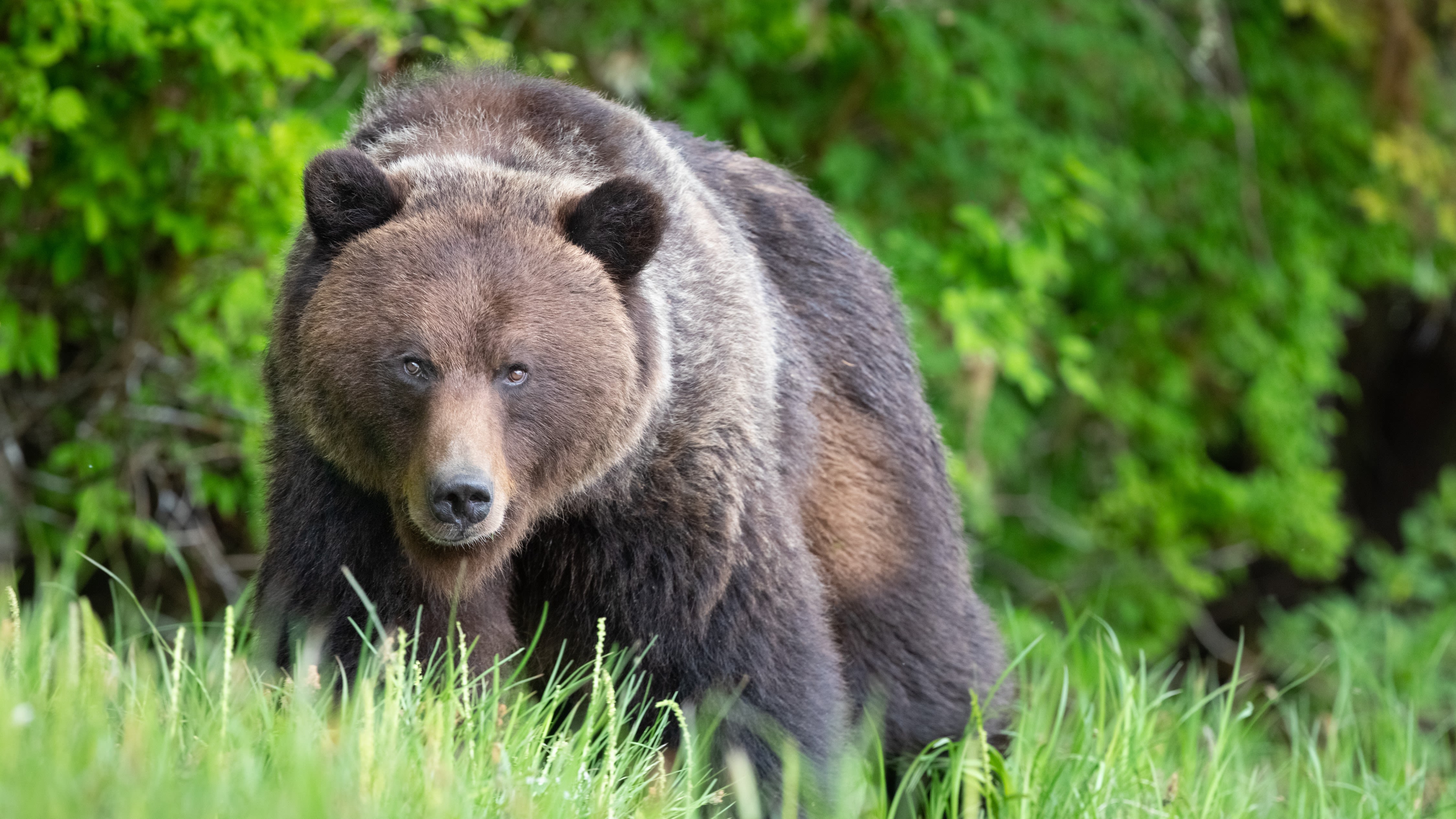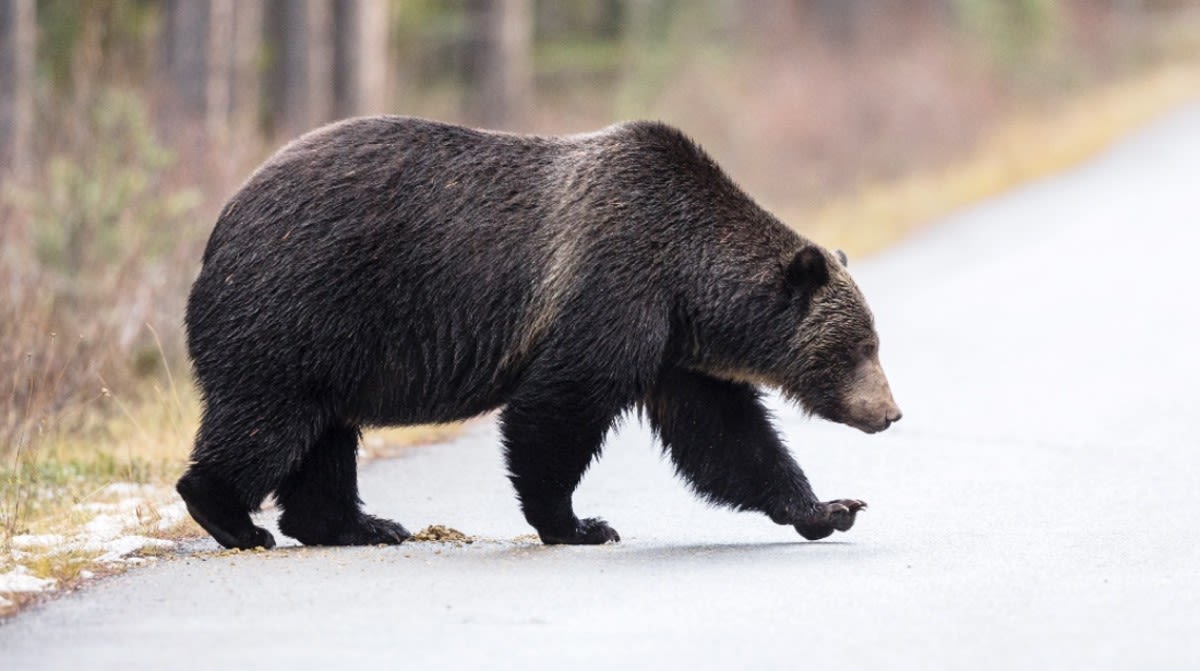Search results
Jun 8, 2024 · Moose, largest member of the deer family Cervidae. Moose are striking in appearance because of their towering size, long legs, and pendulous muzzle and the immense, wide, flat antlers of old bulls. Learn more about moose habitat, range, size, and diet in this article.
The Western moose (Alces alces andersoni) is a subspecies of moose that inhabits boreal forests and mixed deciduous forests in the Canadian Arctic, western Canadian provinces and a few western sections of the northern United States and it was introduced to New Zealand.
News about grizzly bear, moose, Wes Larson
News about Maine, moose hunting, moose lottery
Also in the news
Meet the generally gentle giant that is surprisingly fleet of foot. Discover how moose are at equally at home on land and in water.
Massive and majestic, moose are a cherished wildlife icon of North America. Moose often roam through residential areas looking for food, and motorists occasionally collide with them. Hunting and habitat degradation are major threats to moose, but now climate change has caused moose populations in Minnesota to fall dramatically.
A moose (Alces alces; called elk in Europe) is a large deer. Some authorities put the American moose in a different species, Alces americanus. A male moose is called a bull, a female moose is called a cow, and a young moose is called a calf. A group of moose is called a herd. The plural form of moose is "moose”.
Moose (Alces alces) are the worlds largest deer species and are found in northern forests in North America, Europe, and Russia. In North America, the moose range includes almost all of Canada, most of central and western Alaska, the upper Rocky Mountains and Michigan’s Upper Peninsula.
Basic facts about Moose: lifespan, distribution and habitat map, lifestyle and social behavior, mating habits, diet and nutrition, population size and status.
Moose. Scientific Name: Alces alces. Type: Mammals. Diet: Herbivore. Group Name: Herd. Average Life Span In The Wild: 15 to 20 years. Size: Height at shoulder: 5 to 6.5 feet. Weight: 1,800...
Jan 25, 2024 · Their large body mass, long legs, and thick insulating fur make moose well adapted for deep snow and cold conditions. Today, as the Anthropocene global climate continues to warm, moose populations are suffering. Overheating, disease, and tick infestations are all on the rise.
Mar 14, 2016 · The moose is the largest member of the deer family. It is the second largest land animal in North America (after the American Bison), and the second largest land animal in Europe (after the European Bison). The moose lives in temperate and subarctic regions of the northern hemisphere (the ‘top’ half of the world).






